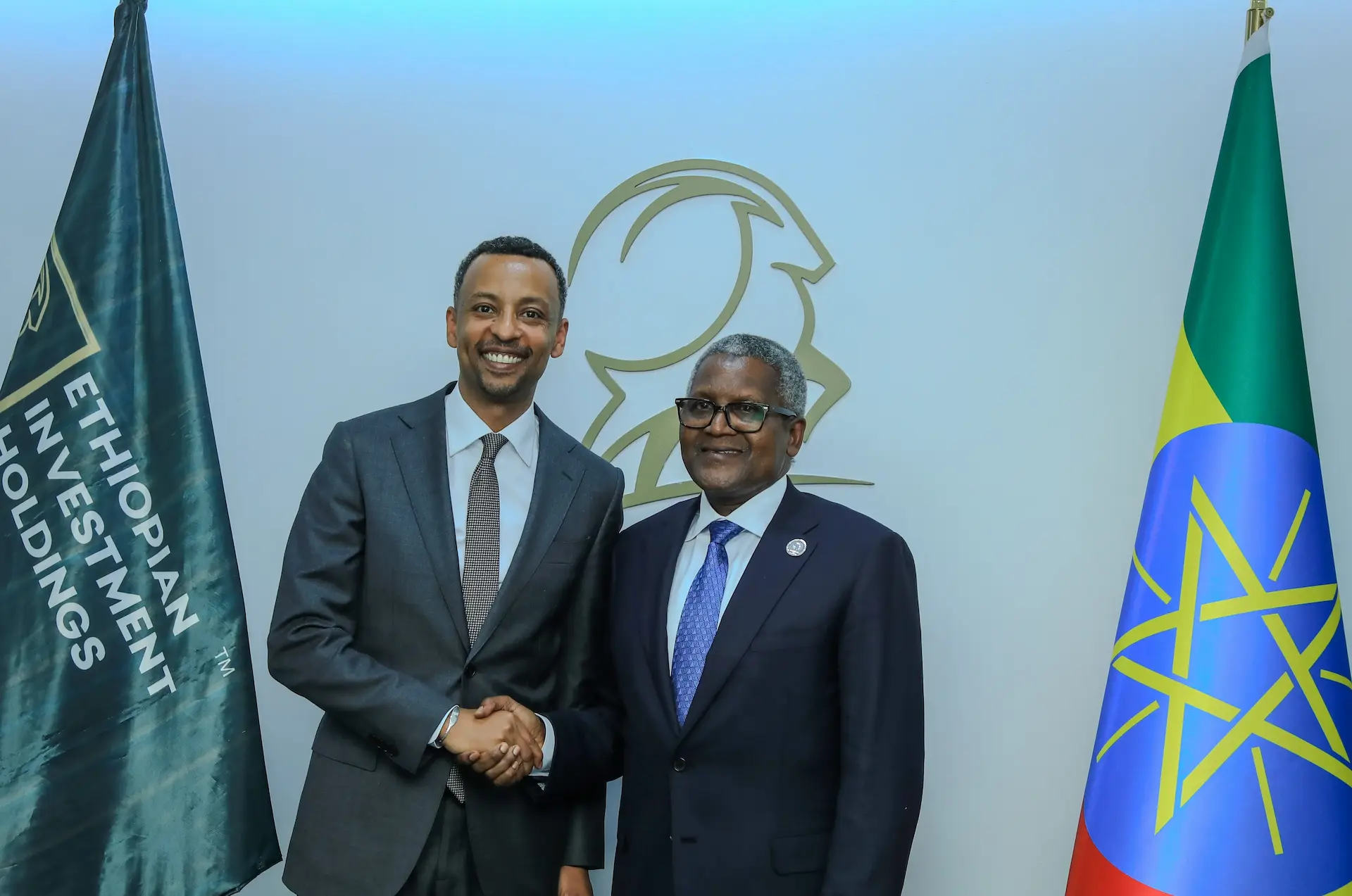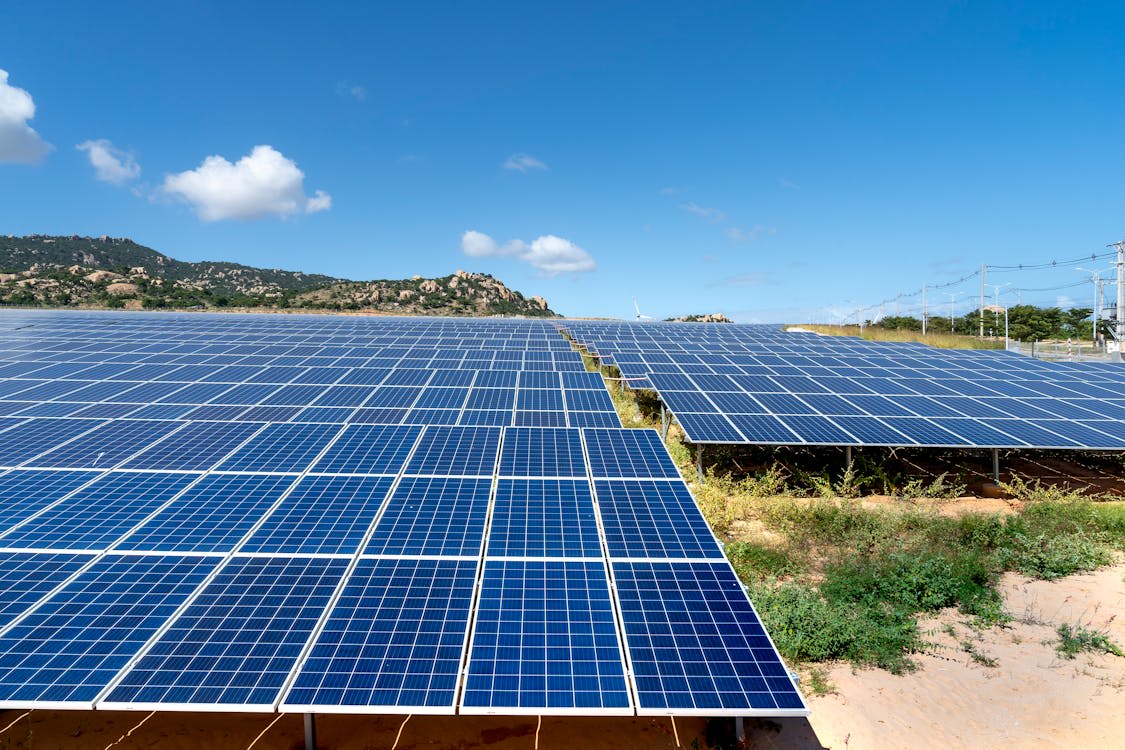
Can Dangote’s $2.5B Fertilizer Plant Make Ethiopia Self-Sufficient?
Standing as one of the world’s most ambitious industrial projects, a $2.5 billion fertiliser plant is rising in Ethiopia through a landmark deal with Aliko Dangote.
Signed on August 28, 2025, in Addis Ababa, this deal positions Ethiopia as a potential agricultural powerhouse and signals Dangote’s vision for a self-reliant Africa.
With the capacity to produce 3 million metric tonnes of urea annually, the plant promises to tackle Ethiopia’s reliance on costly fertiliser imports while boosting food security and economic growth across East Africa.




